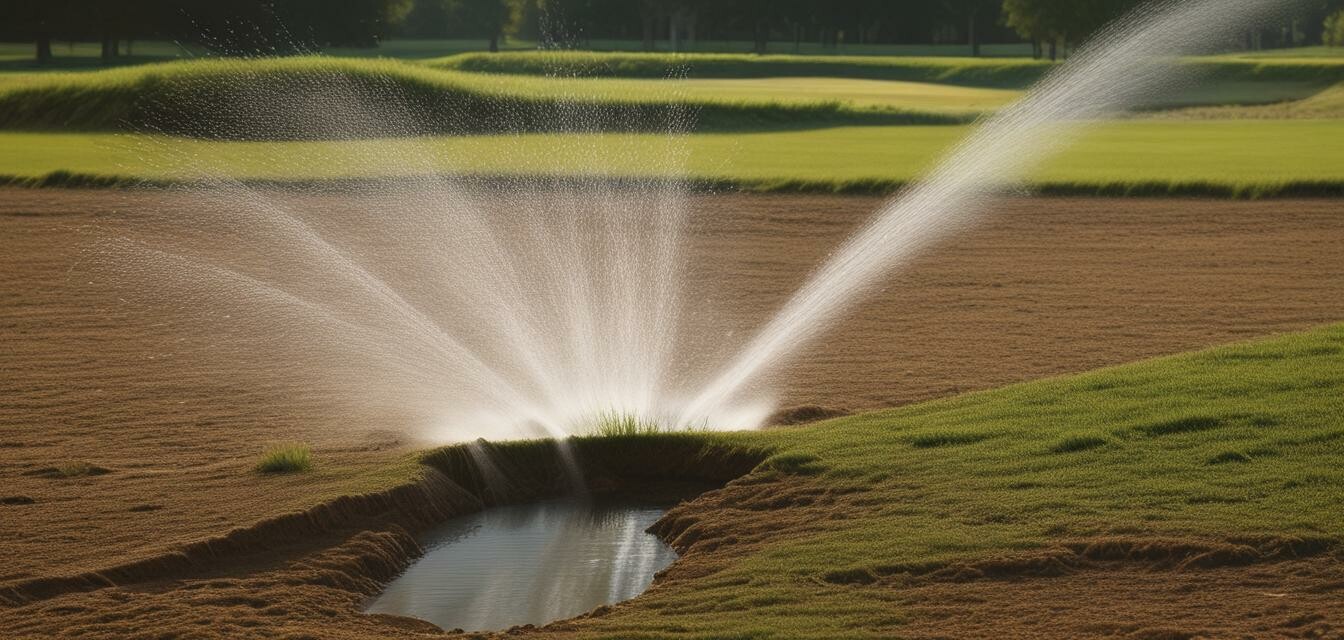
Golf Course Environmental Impact
Key Takeaways
- Golf courses can significantly affect local ecosystems.
- Many golf courses are implementing sustainable practices to mitigate environmental impact.
- Proper management of water resources and chemicals is crucial for sustainability.
- Golf courses can potentially benefit biodiversity if managed appropriately.
- The balance between playability and environmental responsibility is vital.
Golf courses have long been viewed as manicured landscapes that provide recreational opportunities and leisure activities to many enthusiasts. However, their environmental impact is an essential topic that warrants examination. Understanding how golf courses affect local ecosystems and the steps taken to enhance sustainability can provide insights into their role in our environment.
The environmental footprint of golf courses
The mere presence of a golf course can alter the local environment in various ways. Here are some of the significant impacts:
| Environmental Aspect | Impact |
|---|---|
| Water Usage | Golf courses consume large quantities of water, especially in arid regions, potentially affecting local water supplies. |
| Chemical Use | Pesticides and fertilizers can run off into nearby waterways, contributing to pollution. |
| Biodiversity | Golf courses may displace native vegetation and wildlife; however, well-managed courses can promote biodiversity. |
| Soil Erosion | The manicured landscapes can contribute to soil erosion if not properly maintained. |
Sustainable practices in golf course management
To address these environmental impacts, many golf courses are adopting various sustainable management practices. Here are some common practices:
Water management
Water scarcity is a major concern for golf courses. Many courses implement:
- Smart irrigation systems
- Rainwater harvesting
- Utilization of drought-resistant grasses

Chemical reduction
Minimizing chemical usage on golf courses can significantly reduce environmental harm. Strategies include:
- Integrated Pest Management (IPM)
- Organic fertilizers
- Routine soil testing to optimize chemical application
Promoting biodiversity
Golf courses have the potential to serve as habitats for various species. Approaches to encourage biodiversity include:
- Creating wildlife habitats
- Planting native vegetation
- Maintaining natural areas alongside fairways

Community engagement and education
Many golf courses work to engage their communities in sustainability efforts. This could involve:
- Hosting workshops on sustainable practices
- Partnering with local schools for environmental education
- Encouraging community participation in local conservation efforts
The role of golf courses in conservation
Golf courses can play a significant role in conservation if managed well. They can:
- Act as green spaces for urban areas
- Provide habitats for wildlife
- Contribute to carbon sequestration through well-maintained landscaping
Challenges faced by golf courses
Despite the potential benefits, there are challenges that golf courses face in their sustainability journey:
Pros
- Improved public perception through sustainable practices.
- Opportunities to enhance local ecosystems.
- Attracting environmentally conscious clientele.
Cons
- High operational costs associated with sustainable practices.
- Resistance from traditionalists who prioritize aesthetics over ecology.
- Ongoing need for education and awareness among staff and players.
Case studies: Successful sustainability in golf courses
Here are a few examples of golf courses that have successfully implemented sustainable practices:
| Golf Course | Location | Sustainable Practice Highlight |
|---|---|---|
| Highland Lake Golf Club | North Carolina, USA | Rainwater collection and native plant landscaping |
| Torrey Pines Golf Course | California, USA | Habitat restoration and efficient irrigation systems |
| Riviera Country Club | California, USA | Reduction of chemical inputs through organic practices |
Future of golf course sustainability
The future of golf courses lies in a delicate balance between maintaining playability and ensuring environmental responsibility. As awareness increases regarding climate change and sustainability, courses are likely to face more scrutiny from the public and environmental organizations.
Conclusion
The environmental impact of golf courses is undeniable, but so is their potential for positive change. By embracing sustainable practices and engaging with the community, golf courses can enhance their role in preserving the environment while continuing to provide recreational opportunities.
Tips for golfers to promote sustainability
- Use environmentally friendly golf balls and accessories.
- Practice good etiquette—replace divots and repair ball marks.
- Support courses with sustainable practices through patronage.
- Educate fellow golfers about the importance of sustainability.








